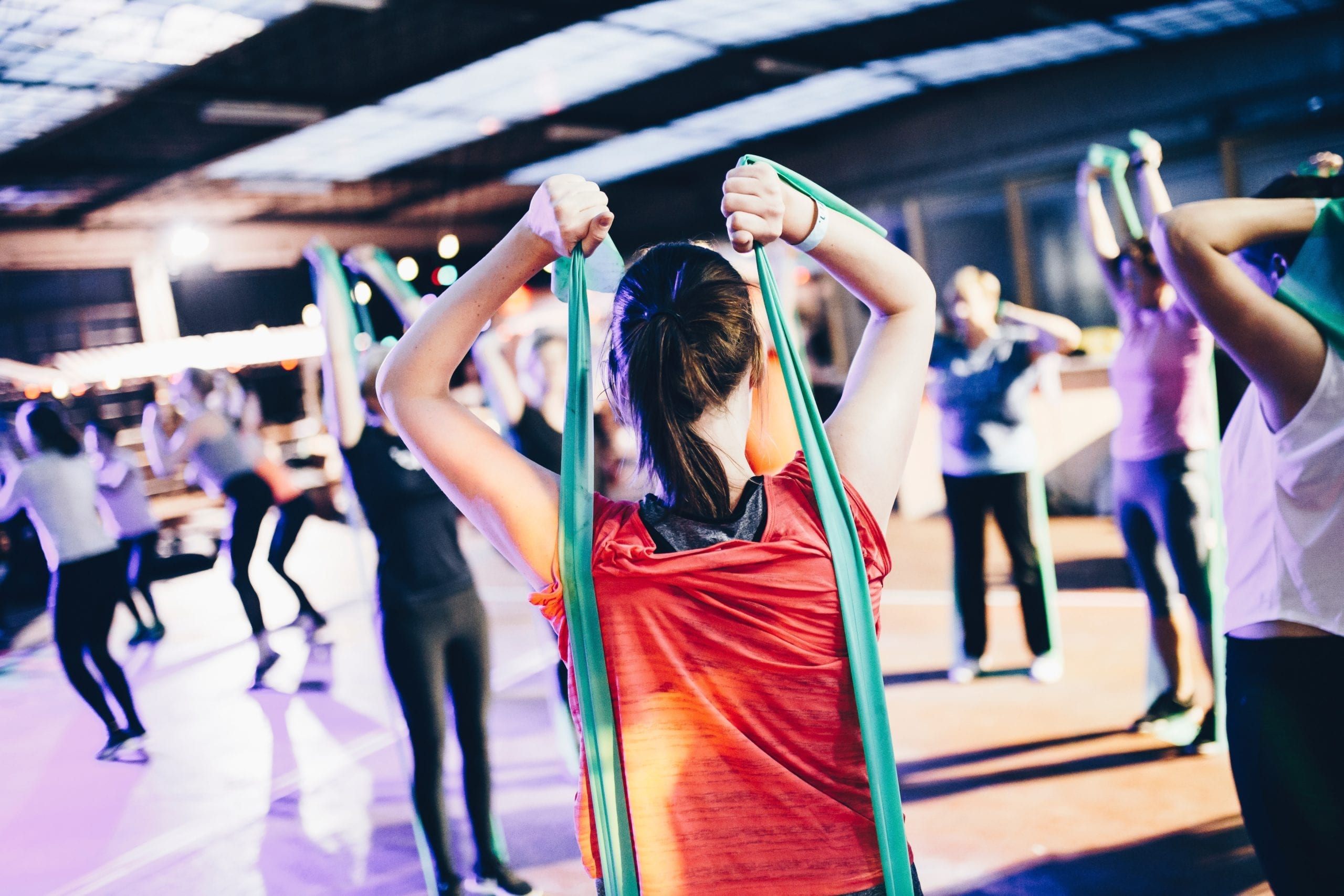For this week’s blog, I’m going to explain different types of resistance training – particularly HEAVY vs. LIGHT resistance.
Depending on the body you want, there’s a lot you can do to achieve that body by choosing the correct weight and rep scheme to benefit your time in the gym. For instance – do you want to be big and strong? Or do you want to be lean and cut? How about an athletic combination of the two?
There are specific ways to achieve these bodies by choosing the correct weight and reps in your workouts. Just make sure you consult your physician to be cleared for any exercise programs you may start. You should also speak with a personal trainer for more information and help with exercise prescriptions.
STRENGTH
If this is your goal, then heavy weights benefit you. However, this doesn’t mean you should walk in the gym and squat 100 pounds more than you’ve ever attempted before. Heavy is relative to the amount of weight you can lift with proper form. By this, I mean pick a weight that you can lift 1 to 5 times with GOOD form. Never sacrifice form for weight – that’s how injuries occur.
Science has proven that the best strength gains come from reps in the 1 to 5 range. You can still do isolation exercises (dumbbell curls, triceps extensions, calf raises, leg extensions, etc.) in higher rep ranges – say 10 to 12. It’s not a good idea to go super heavy on isolation exercises for beginners because there is a higher risk of injury when you put that amount of stress on an isolated muscle. But for the compound (multi-joint) lifts, like deadlifts, squats, and bench press, 1 to 5 reps are the best ways to build raw strength.
This heavy weight will strengthen your central nervous system. This is called neuromuscular adaptation. What is neuromuscular adaptation? When you blink or move your eye, your brain sends signals to the motor neurons in the eye to move and blink. You don’t think about it – it just happens. Lifting heavy helps the brain communicate with your muscles in a similar way. Put simply, heavy weight lifting increases motor unit recruitment in your muscles and central nervous system.
HYPERTROPHY
Everyone has seen movies where an actor or actress was ripped up for their roll, and maybe you decided, “I want to look like that. I’m hitting the gym tomorrow!” A lot of these celebrities sport washboard abs, toned arms, and a tight butt that make the common man or woman envious of their physique – and deservedly so as most of them look great on screen. So how do they do it? What’s their secret?
Most of them don’t lift the heavy weights in the lower rep ranges, hence why they aren’t massive and hulking like the 270 pound Olympic/Power lifters of the world. There are exceptions though, like Dwayne “The Rock” Johnson or Arnold Schwarzenegger. But for the typical ripped up celeb, they follow a higher rep scheme with moderate weights, and move at a faster pace in the gym to keep their heart rate up.

Chris Hemsworth in “Thor”
By higher reps, I mean 6 to 12. This is the ideal range for hypertrophy (cell growth) to take place. This means that the muscle cell will get bigger, making the muscle bigger and fuller. This is the type of training most Hollywood types will do because it makes the body more aesthetically pleasing on the screen. It helps them get nice biceps, rounded shoulders, a V shaped back, and six pack abs.
ENDURANCE
People who lift light are usually really lean and very well conditioned. They lift weights in the 15+ rep range and usually have a great cardiovascular system.
Using lighter weight with higher reps builds muscular endurance in the muscle, which means you can use the muscle for a longer period of time. Lifting lighter also decreases the risk of injury significantly. For a lot of beginners and elderly people, it would be a good idea to start out with a lighter weight and higher rep scheme to solidify proper form and technique.

??????????????????
Jessica Biel in “Blade Trinity”
Just because you’re lifting light, it doesn’t mean you CAN’T build muscle though… All three weight and rep ranges have been proven to increase muscle strength and size over time. However, these are the OPTIMAL ranges to utilize for certain goals – strength 1 to 5 reps, hypertrophy 6 to 12, and endurance 15+ reps.
Although this information is backed by science and experience, it also should go without saying that nutrition is just as important to the end result of your physique. Anyone can enter a gym and lift five days a week with heavy weight, but if you’re not maintaining a healthy and consistent diet you will not make the gains you worked so hard for.
That being said, hit the gym and hit the kitchen!






Be the first to comment on "Lifting Heavy vs. Lifting Light – What’s Best for YOU?"